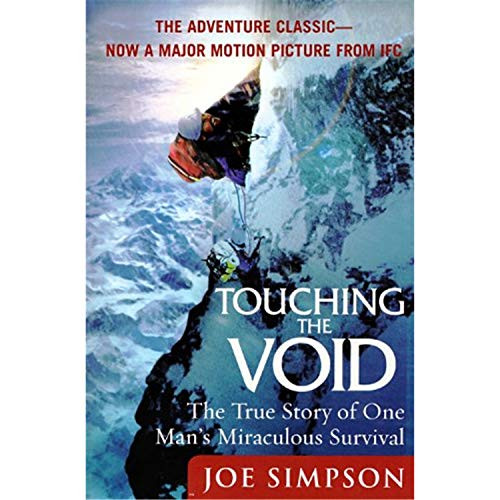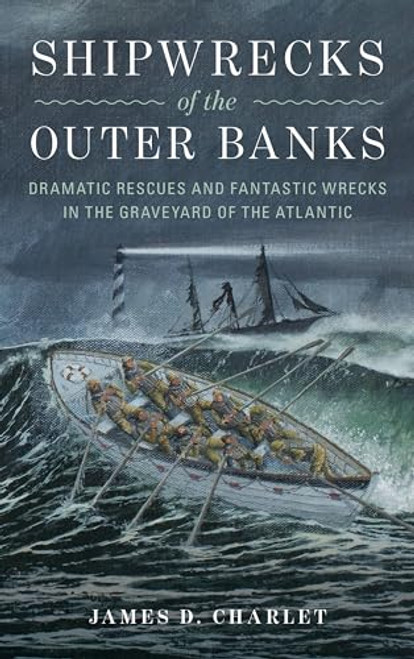Available Now
- Slideshow
Prev
Next
Reporter Jonathan Franklin taking notes at Paloma station.
Jonathan Franklin / Addict Village
Faith and Los 33 were never far apart during the rescue of the miners.
Jonathan Franklin / Addict Village
Huge convoys of equipment rolled into Camp Hope nearly every day to help with the rescue.
Ariel Caliban Marinkovic
Tears of joy filled the air when the rescue capsule began saving the lives of the thirty-three men.
Ariel Caliban Marinkovic
On August 5, 2010, at the San Jos mine in northern Chile, 33 men were entombed 2,300 feet below the earth when a slab of rock the size of a skyscraper sheared off the mountain and sealed shut their only access to the surface. The miners were discovered alive 17 days later, and for the next seven weeks after that discovery, as rescuers sought to bring them to the surface, the eyes of the world shifted to this previously obscure corner of South America. More than 2,000 journalists and reporters flooded in to cover the drama. But despite worldwide interest, the media rarely delved to either the front lines of the rescue or below the surface of the tragedy. Locked behind police lines, most reporters were reduced to months of interviewing family members and politicians. However, award-winning journalist Jonathan Franklin was the exception.The print journalist with the most extensive access and contacts, Franklin reported, recorded, and filmed from the front row of the operation as it unfolded and, as a result, was afforded unprecedented and unique access to the miners and the rescuers. Now, for the first time ever, he tells their full story in 33 Men: Inside the Miraculous Survival and Dramatic Rescue of the Chilean Miners
Franklin's status as a local --he has lived in Chile for 16 years, speaks fluent Spanish, and has six daughters with his Chilean wife--and his 25 years' experience as an investigative reporter provided him access other journalists could only dream of. For almost six weeks he lived on the hillside that served as the rescue operation's nerve center. He sat in on planning meetings, pored over government documents, and recorded sessions between the miners and the psychologists charged with looking after their mental health. He conducted interviews with miners' families, rescue workers, engineers, drill operators, and many others, including President Piera of Chile. Even before the miners were rescued, while they were still underground, Franklin interviewed them via a makeshift phone that connected them to the surface. I sat in this container where you could pick up a phone, dial eleven, and the phone would ring down below, says Franklin, who developed such a bond of trust with the miners that they described in great detail the dramatic first 17 days of their confinement. Cut off from the outside...










